KEYHOLE OF TIME. Chapter 2. Theoretical background
- Aleksandr Kiselev

- Jul 10, 2022
- 2 min read
Updated: Jul 21, 2022
Synopsis
The article relates the research of the amateur films language based on the study of L’agence régionale pour le livre et l’Image Ciclic Centre-Val de Loire collection and private collections. It also describes the Keyhole of Time special program, which is being created on the basis of this research; the program is intended for film festivals and universities.
Our research leads to a special programs of amateur films. Some day, probably, a comprehensive encyclopedic dictionary of the film language will be compiled. Few directors have mastered it in the past and present centuries, creating its syntax and grammar. The classic examples are Claude Chabrol, Alfred Hitchcock, Dziga Vertov, David Lynch and a few others.
In episodes that we pick out for the Keyhole of Time special program (first edition of it), we follow unexpected revelations in amateur filmmaking. It is similar to encountering miraculous literary style and images in some written diaries.
It is amazing that in some amateur footage we notice the stylistic methods, which the professional directors would use years/decades later.
For example, in “Cinémalgie”, 1964, Pierre De Montvallon the movie character runs from the cinema hall onto the screen: twenty years before the similar route in “The Purple Rose of Cairo” by Woody Allen, 1985. We observe Buñuel’s style of unruffled anarchism in documentary “Dali présente ovocipède“, 1959, Joseph Foret. Or – the episode with working title “Quest” (1968-1969, town of Perm) will remind a movie fan the stylistics of Chris Marker (French documentary director and philosopher) with its famous genre of coded messages. And in the charming novella “Quand le CBA bouge à Lapan”, 1949, Guy Magdelein, we see renaissance cheerfulness of Jean Renoir.
Amateur documentaries in different countries embrace different periods starting in the 1940s. The peak of activity was during the 1950s through 1970s. For decades, the professional documentary filmmakers have used these shootings mostly to illustrate their own concepts, i.e., they “cut and paste.” However, this type of footage, though naïve, sometimes contain artistic revelations. Nowadays their essential value is growing considerably. The reason is that the mainstream as well as indie cinema are overloaded by symbols and manipulations with set clichés. Conversely, the amateur documentaries offer a History not constructed by professionals. It is History as it is.
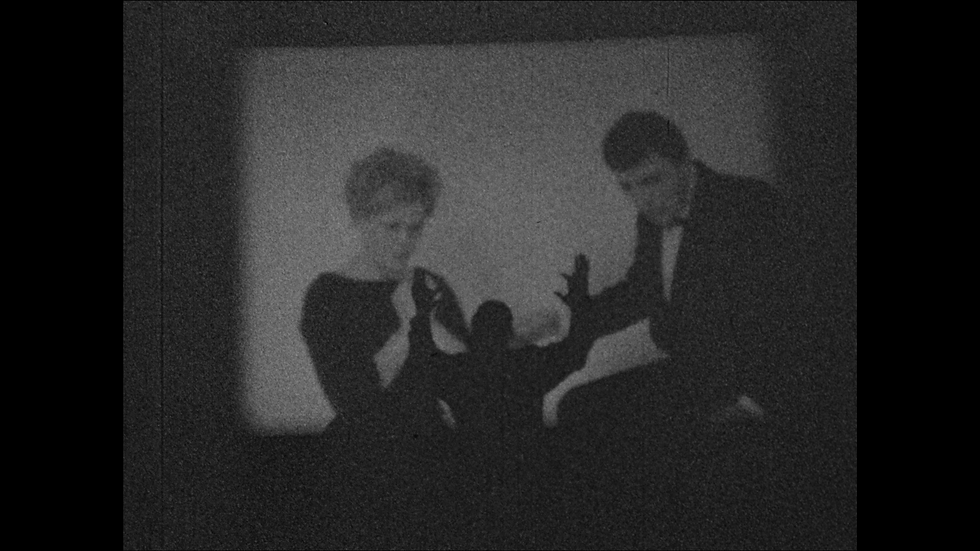

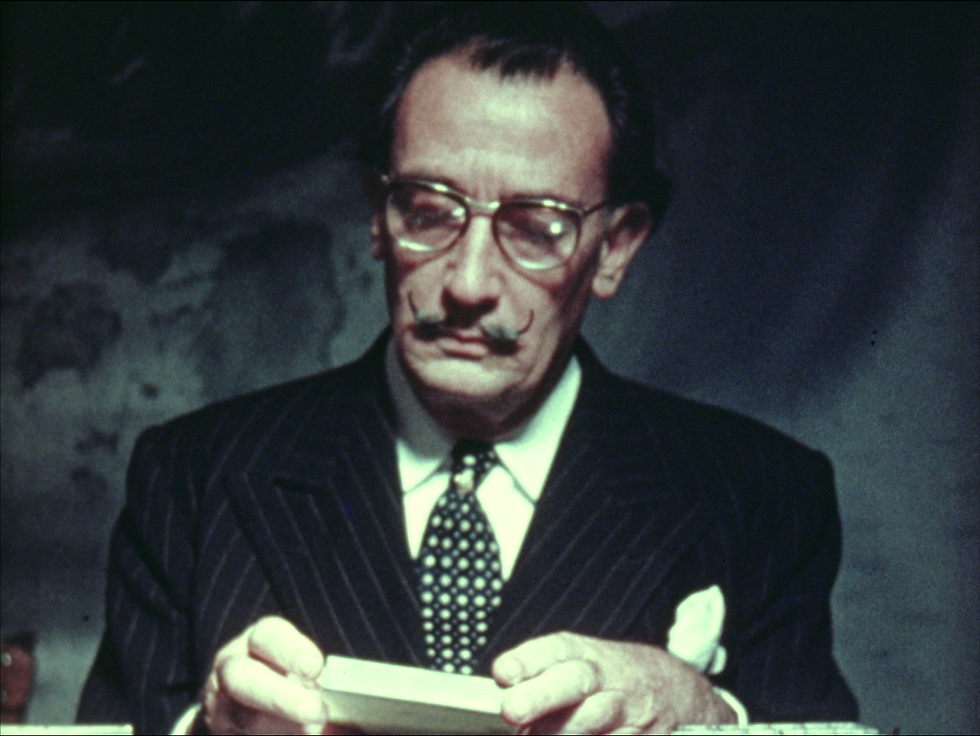
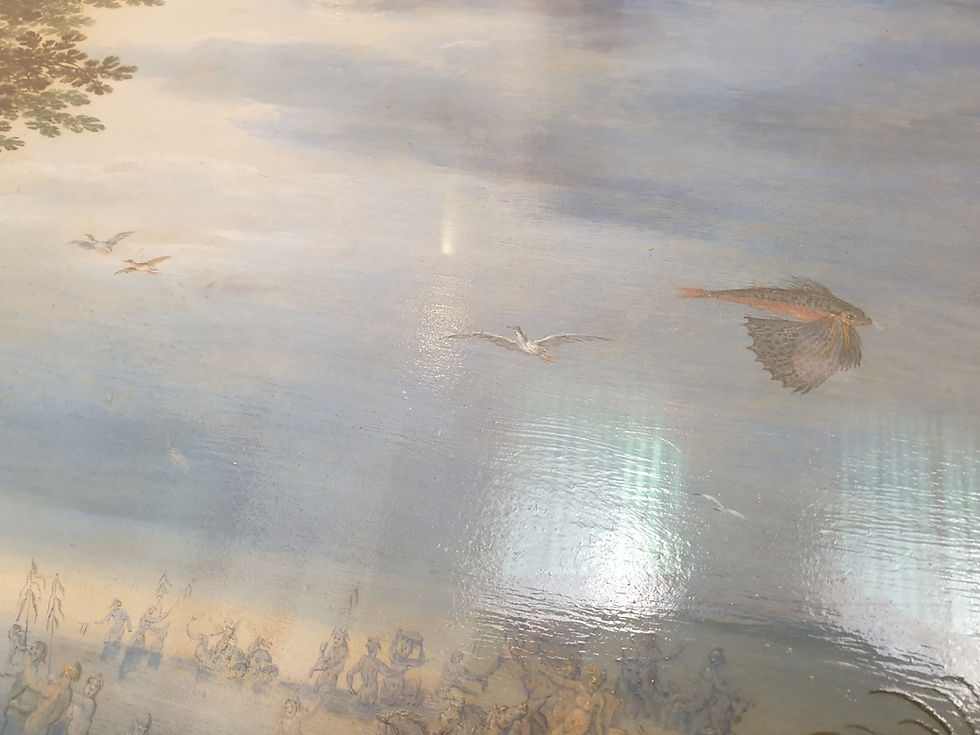
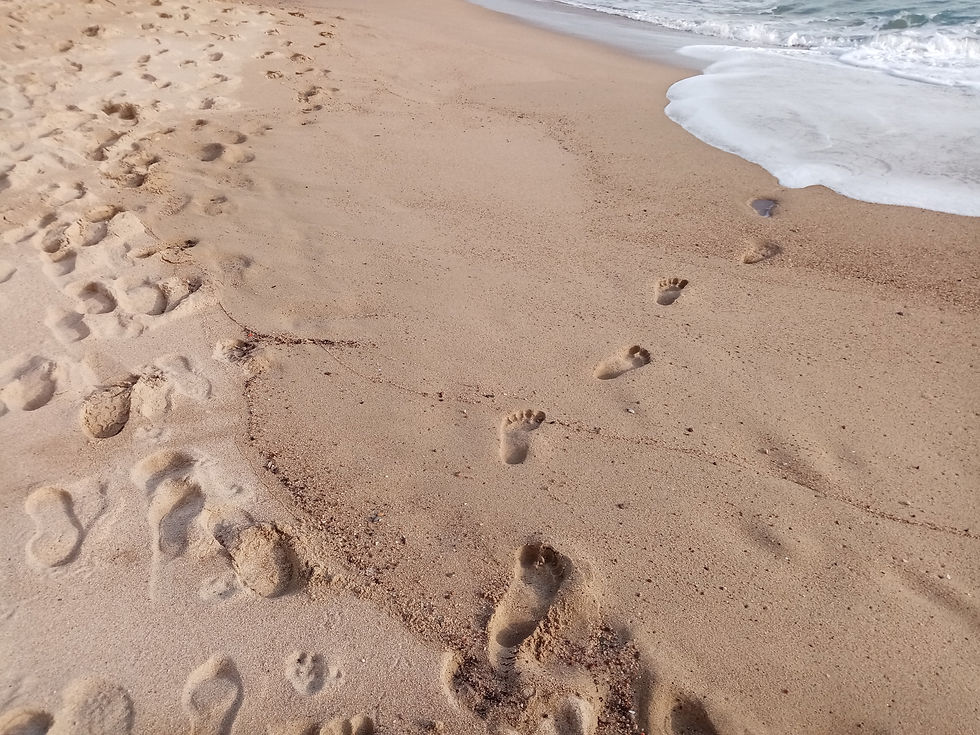
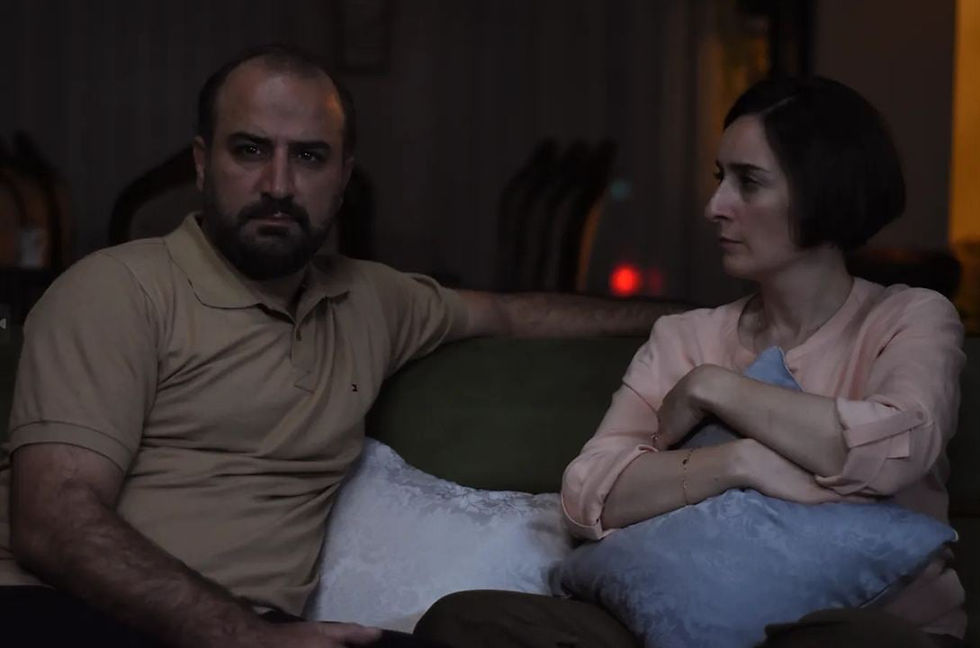
Comments